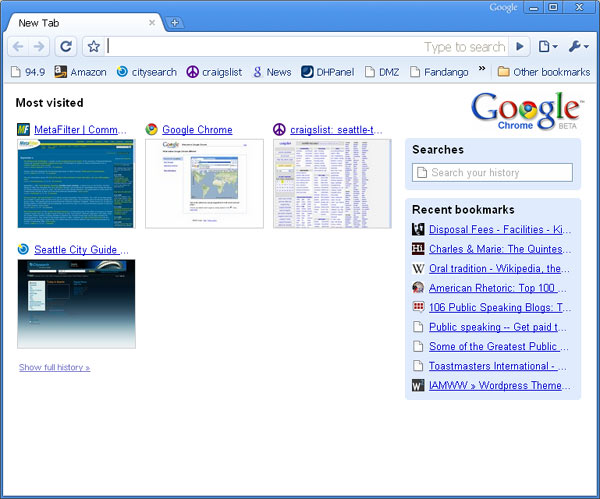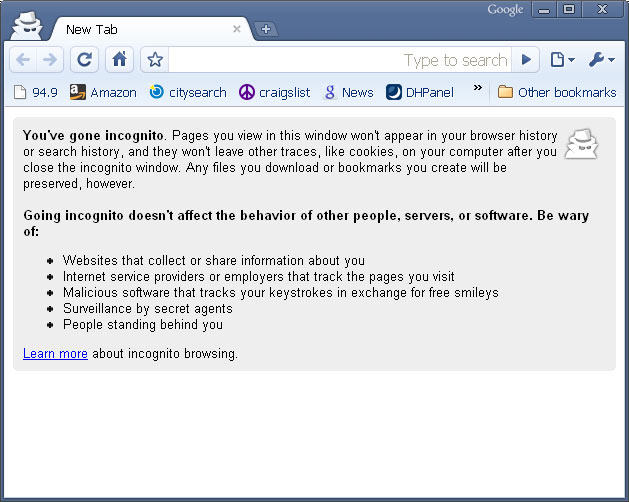I get a lot of email, and sometimes lots of blog comments. Some of it is very nice, has feedback and useful criticism, or suggestions for things to write about, and I’m grateful for it. Some are requests for speaking engagements which I make a living on, also awesome. A good chunk are requests to read, review, or watch things other people have done, which is fine if it’s not a generic piece of PR spam. And then there’s a pile that’s is harder to classify: I’m being asked for something, but it’s not entirely clear what it is.
Here’s a recent favorite that appeared in the comments of my post on how to write a book:
I PUT MY ENTIRE COMMENT IN CAPS LOCK SO IT WILL GET YOUR ATTENTION. (please read this!!! and help!!!) OK. I’M A MINOR (14) AND I WROTE A BOOK. I STARTED WITH JUST A PEN AND PAPER AND I DON’T EVEN KNOW WHERE TO BEGIN WITH A PUBLISHER. CAN PUBLISHERS STEAL IDEAS OF BOOKS? DO I NEED MY BOOK COPYRIGHTED? (please don’t think I’m stupid!) WHILE I WAS DOING RESEARCH, I READ THAT MINORS CAN’T GET BOOKS PUBLISHED AND I WANT A KNOWN PUBLISHER TO READ MY BOOK. MY BROTHER, WHO IS ALSO A MINOR, IS WRITING THE SEQUEL TO MY STORY. HOW DO I GET A PUBLISHER TO NOTICE ME? YOUR ARTICLE WAS DISCOURAGING, BUT IT WAS AN EGO DEFLATION THAT I REALLY NEEDED. PUBLISHING MY BOOK IS GOING TO BE HARD, AND I NEED ADVICE FROM SOMEONE LIKE YOU, SOMEONE WHO’S BEEN THERE, DONE THAT IN THE WRITING BUSINESS. (Sam)
Dear Sam:
First off, Caps lock BAD. Very BAD. Don’t do it. Yes, you want attention, but there is good attention and bad attention. Good attention, in this case, is to seem smart and like you’ve done your homework so I’ll want to give you advice. Bad attention is to seem crazy, annoying, helpless, confused and random (which writing in ALL CAPS make you seem). Luckily your comment was so funny and genuine, it outweighed the bad stuff.
And on to your questions:
You mentioned “I WROTE A BOOK”: Really? How long is it exactly? Most books are 50,000 words or more (roughly 200 pages). Of course there are many published books that are shorter, but if all you have are a few pages, as far as a publisher is concerned, you have a short story on your hands, not a novel or a book. But then again, if you can find your local kinkos, you can make a book of any size you’d like. If I were 14 I’d be my own publisher – it’s faster, easier, and probably more fun.
Can publishers steal ideas? This is so unlikely it’s not worth worrying about. Can’t think of a single instance of this actually happening. It’s more likely another writer will “steal” ideas, but that’s unlikely too. Provided you can prove when you wrote what you wrote, it’d be pretty hard for a publisher to get away with it anyway. I bet you a zillion dollars you should be worrying more about finishing your book, and writing well, than about your ideas being taken from you.
Minors and books: There is no law that says a minor can’t write or publish books. There have been plenty of young writers who have had books published (Paolini was a teenager when his first novel was published).
Sequels: I was quite impressed you’ve got your brother working on the sequel before the original is finished. Perhaps you can get your sister or cousin to work on the prequel?
How to get a publisher to notice you: Start by rereading my post. They don’t find you, you have to go and find them. Find publishers that makes the kinds of books you want to write, go to their website, and find their information on submissions. But don’t worry about publishers until your book is almost done.



